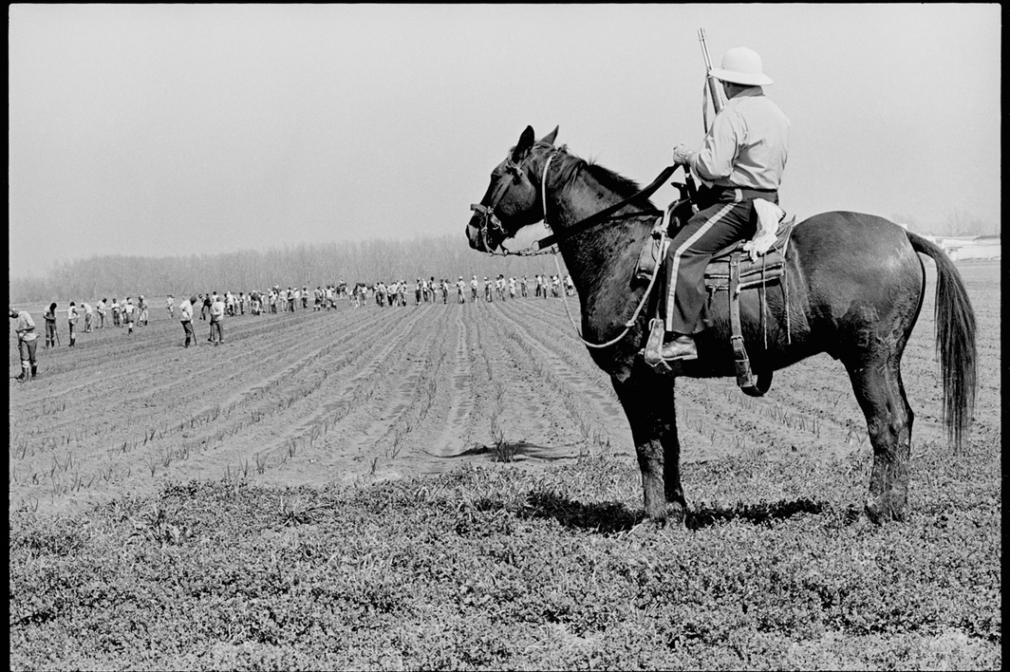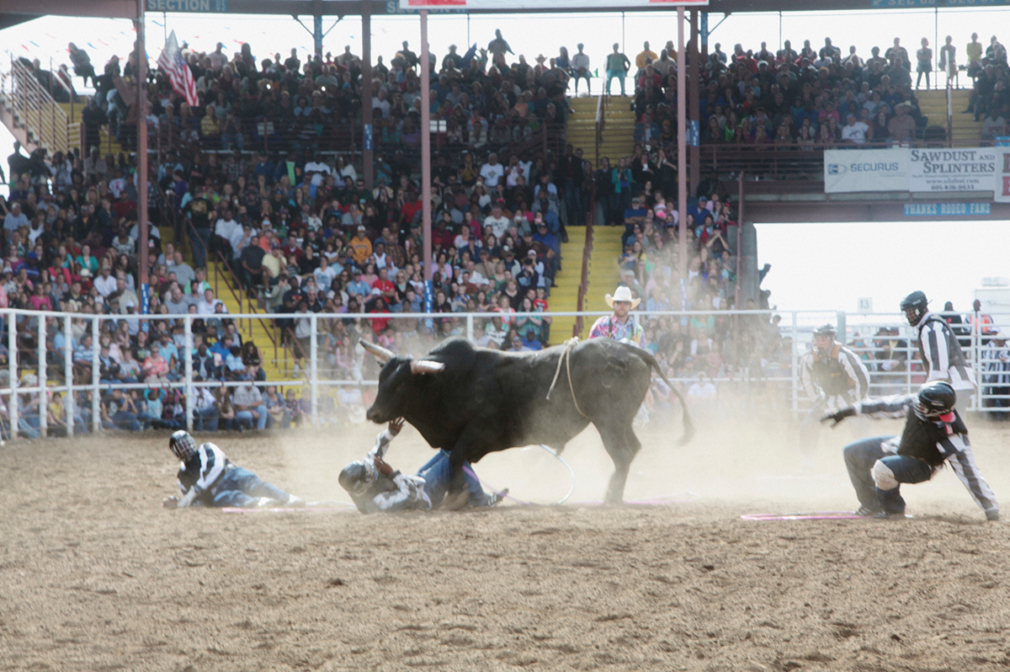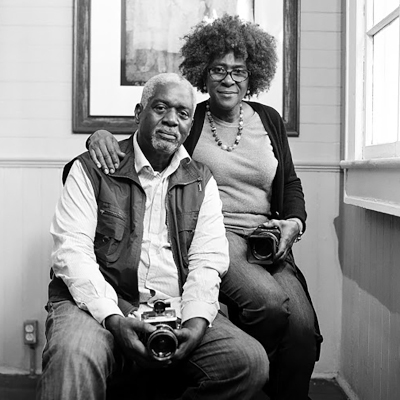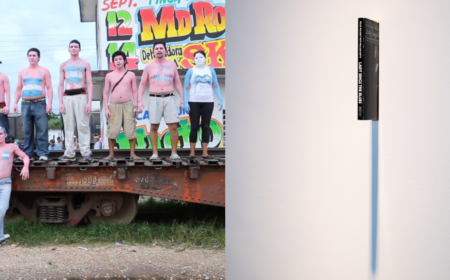New Orleans natives Keith Calhoun and Chandra McCormick have photographed the Louisiana State Penitentiary for over thirty years. Also known as “Angola Prison” and “The Farm,” the prison was founded on land that was previously several cotton and sugarcane plantations.

Slavery: The Prison Industrial Complex
Who’s that man on that horse, I don’t know his name but they call him boss
1980
Archival pigment print Courtesy of the artists
Calhoun and McCormick’s searing photographic series “Slavery: The Prison Industrial Complex” documents the lives of men incarcerated at Angola, the vast majority of whom are Black, as they continue to work the fields once tended by people who were enslaved. The photographs provide a glimpse into a penal history that continues to hide in plain sight.
The series reveals the lingering aftermath of the Thirteenth Amendment to the United States Constitution, which abolished slavery with an important and infamous caveat: “Neither slavery nor involuntary servitude, except as a punishment for crime whereof the party shall have been duly convicted, shall exist within the United States, or any place subject to their jurisdiction.”

Angola Rodeo
Guts and Glory, Men Wrestling the Bull
2013
Archival pigment print Courtesy of the artists
McCormick and Calhoun have also photographed the Angola Prison Rodeo, which triumphantly claims to be the longest-running prison rodeo in the United States. Thousands of visitors buy tickets to the bi-yearly rodeo, eager to watch the people imprisoned in Angola ride angry bulls, act as rodeo clowns, and perform bareback horse riding.
Within the context of Calhoun and McCormick’s larger exploration of labor conditions at Angola Prison, these photographs offer indictment of the industry—and spectacle— created around the rodeo.
Keith Calhoun and Chandra McCormick’s work is also featured in the following Barring Freedom study guides: Histories and Structures, Carceral Visuality

Keith Calhoun and Chandra McCormick are documentary photographers and collaborators, both born in the Ninth Ward of New Orleans. Their images have been featured in Aperture; The New Yorker; The New York Times; and the book Reflections in Black: A History of Black Photographers, 1840 to the Present, among other esteemed publications. Their work has been exhibited at renown international art exhibitions including the Venice Biennale and Prospect New Orleans, and at venues including Art & Practice, Los Angeles; the Brooklyn Museum; the National Civil Rights Museum, Memphis; the New Orleans Museum of Art; New York University; the Philadelphia African American Museum, Pennsylvania, and the Smithsonian Institution, Washington, D.C.
Learn More
Suggested Reading
Alexander, Michelle
The New Jim Crow: Mass Incarceration in the Age of Colorblindness
New York: The New Press, 2012.
Allen, Diane Jones
Lost in the Transit Desert: Race, Transit Access, and Suburban Form
1st Edition. London : New York: Routledge, 2017.
Davis, Angela Y.
Women, Culture & Politics
Reprint Edition. Vintage, 2011.
Davis, Angela Y.
Women, Race, & Class
1st Vintage Books ed Edition. Vintage, 2011.
Johnson, Paula, Angela J. Davis, and Joyce A. Logan
Inner Lives: Voices of African American Women In Prison
New York: NYU Press, 2004.
King, Robert Hillary, and Terry Kupers
From the Bottom of the Heap: The Autobiography of Black Panther Robert Hillary King
First Edition. Oakland, CA: PM Press, 2008.
Rideau, Wilbert
In the Place of Justice: A Story of Punishment and Redemption
Illustrated Edition. New York: Vintage, 2011.
Sudbury, Julia, ed.
Global Lockdown: Race, Gender, and the Prison-Industrial Complex
1st Edition. Routledge, 2014.
Woodfox, Albert
Solitary: A Biography
New York: Grove Press, 2019.



